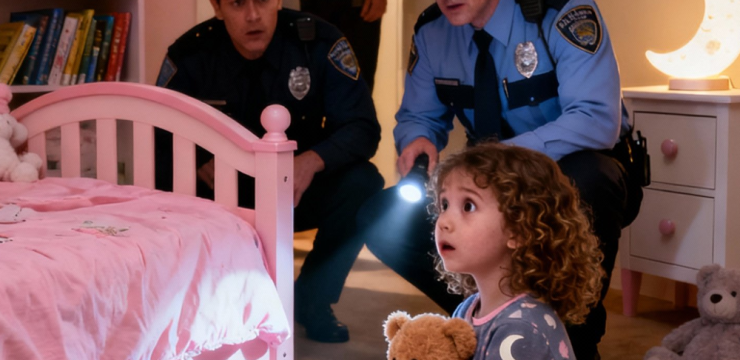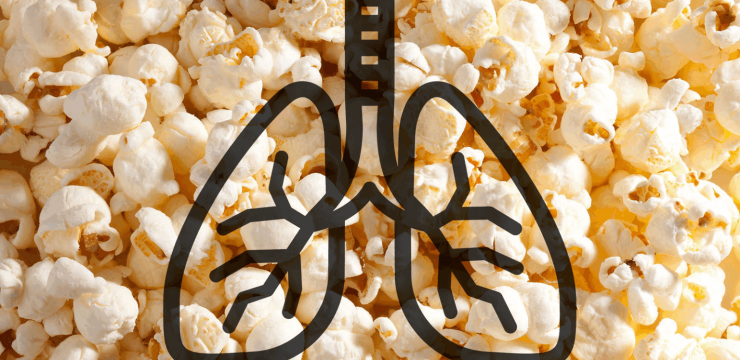Cats are fascinating and often mysterious companions. While they can be affectionate and charming, their behaviors sometimes leave even experienced pet owners puzzled. One of the most confusing actions they perform is rubbing up against people or objects—known as “bunting.” Though it may seem like a simple sign of affection, this behavior actually carries multiple meanings rooted in instinct and communication. Understanding why your cat rubs against you can deepen your bond and help you become a more intuitive pet parent.
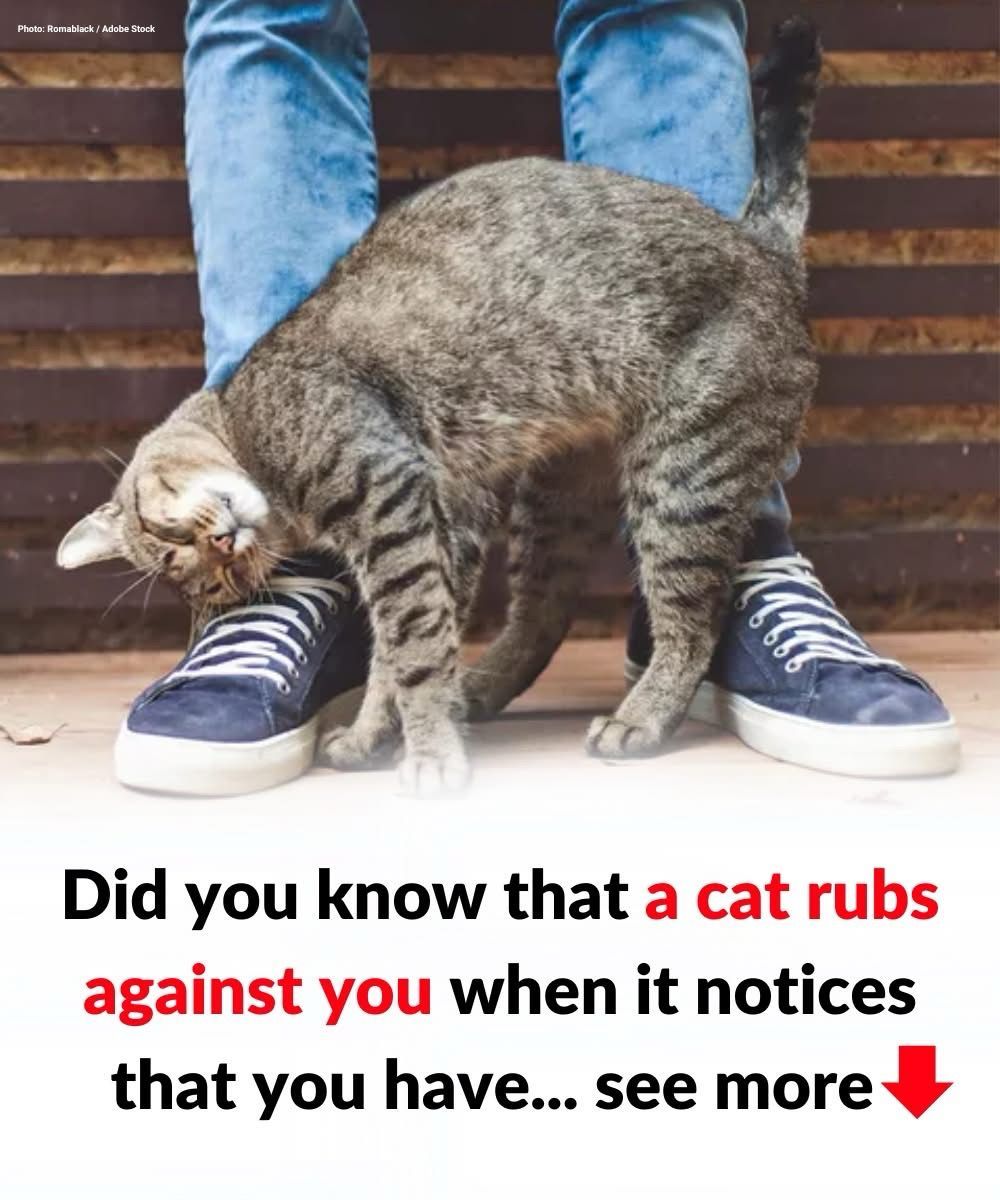
Building trust with a cat is rarely instant. Unlike dogs, who often warm up to people quickly, cats can take weeks, months, or even years to fully trust a human. Each cat is different, but feline body language follows certain instinctual patterns when expressing affection, fear, dominance, or curiosity. Learning to read these signals allows you to respond in ways that strengthen your connection. Bunting is one of those signals—and while it often signifies affection, it can also be territorial or investigative in nature.
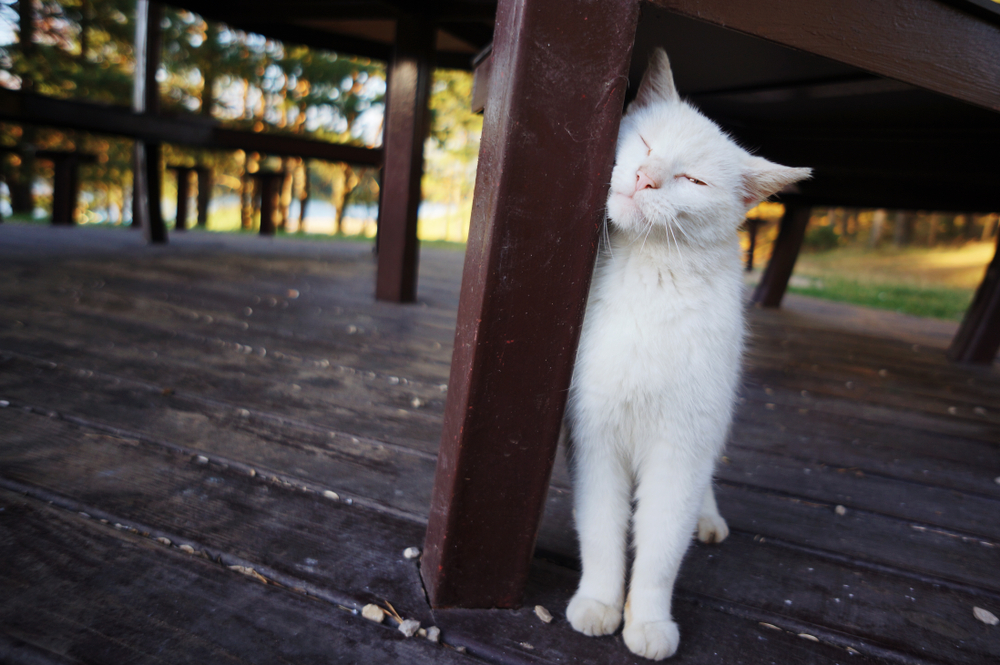
When a cat rubs its head or body against you, it’s not just being cute. Cats have scent glands located on their cheeks, foreheads, and the base of their tails. These glands release pheromones—chemical signals unique to each cat. When your furry friend rubs up against your leg, your hand, or even the furniture, they’re marking their territory. It’s their way of saying, “This is mine.” That includes you.
Veterinarian Dr. Tomeshia Hubbard from Alabama Veterinary Allergy and Dermatology Service explains that cats also have vibrissae—commonly known as whiskers—around their faces. These specialized sensory organs help them explore their world through touch. The stimulation from these whiskers can also prompt affectionate behavior, leading a cat to bunt or rub against someone they trust.
But this isn’t just a warm gesture. It’s also practical. Since pheromones eventually wear off, cats need to reapply them regularly. If you’ve been gone all day, your return means your scent is diminished—so your cat may rush over to rub against you and restore that comforting familiarity. This behavior helps the cat feel secure in its environment. By “claiming” you and other parts of their surroundings, cats are creating a scent-based comfort zone.
Rubbing isn’t always about marking territory or sharing affection. Sometimes, it’s a way for a cat to investigate something new. Much like how babies explore the world with their mouths, cats use their sense of smell and touch to gather information. When they bunt something unfamiliar—whether it’s a new person, piece of furniture, or pet—it can be their way of “scanning” or sizing it up. This means that while the behavior looks the same, the motivation behind it can vary. If you’re meeting a new cat, don’t assume bunting means they want pets. Give them space and wait for more cues before making a move.
Cats can also use rubbing to point things out—kind of like how humans gesture with their hands. A cat rubbing against a kitchen cabinet might be signaling that it’s time to eat. Rubbing against the front door could be their way of asking to go outside. In some cases, intense or aggressive bunting might indicate discomfort or distress. That’s why it’s important to learn your cat’s individual “language.” What’s normal for one cat might be a red flag for another.
In rare cases, excessive or unusual rubbing can be a sign of illness. If your cat suddenly starts rubbing more aggressively or in combination with symptoms like weight loss, vomiting, diarrhea, hair loss, appetite changes, excessive grooming, or scratching, it’s time to consult your vet. According to PetMD, such behaviors may point to underlying issues like allergies, fleas, ear infections, or neurological problems such as feline hypersensitivity disorder.
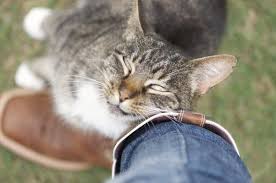
While bunting may be the most common mysterious behavior, it’s certainly not the only one that leaves owners scratching their heads. Consider the classic “tail wag.” While a dog’s wagging tail usually signals happiness, the same can’t be said for cats. According to Dr. Evelyn Kass, a veterinarian at Pet Nutrition Doctor, a cat’s tail wagging typically indicates frustration or heightened excitement—not joy. A cat who’s thrashing their tail may be saying, “Back off.” They might be irritated, overstimulated, or about to pounce. Understanding this signal helps avoid bites and scratches during playtime or petting.
Then there’s the strange and sometimes frustrating habit of knocking things off tables and counters. Whether it’s a coffee mug, a pen, or your smartphone, cats seem to take great joy in this mischievous activity. While it may seem like bad behavior, it’s completely natural. It often signals boredom, playfulness, or the desire for your attention. Some cats also mimic hunting behaviors when knocking items off surfaces, practicing their skills as natural predators.
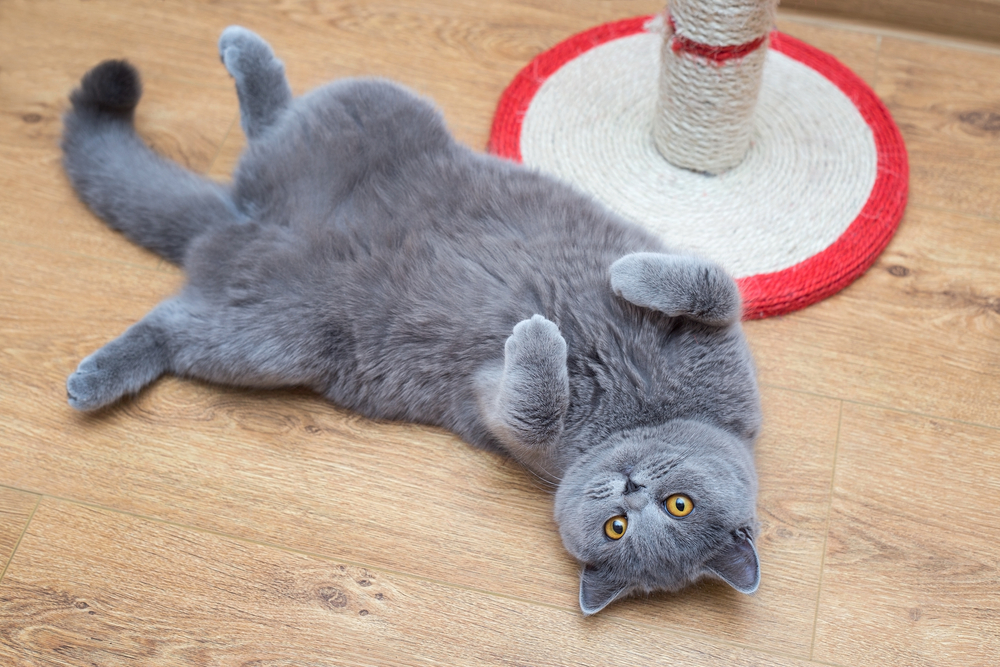
And what about when your cat flops onto its back and exposes its belly? Many people see this as an invitation to pet them—but beware. This vulnerable position often means your cat feels safe with you, but it’s not always a request for belly rubs. Dr. Sam Meisler, veterinarian and founder of PetWellClinic, explains that belly exposure is a sign of trust, not necessarily an open invitation for touch. Many cats will respond with a defensive bite or scratch if you reach for their stomach. It’s better to admire the trust without crossing boundaries.
In the end, understanding a cat’s behavior means paying attention to both their patterns and their exceptions. The more you observe your cat, the better you’ll become at interpreting their actions—and respecting their unique personality. Whether they’re rubbing against your leg, knocking over your water glass, or giving you the slow blink of affection, cats always have a reason for what they do. Learning that language just makes the relationship even more rewarding.
